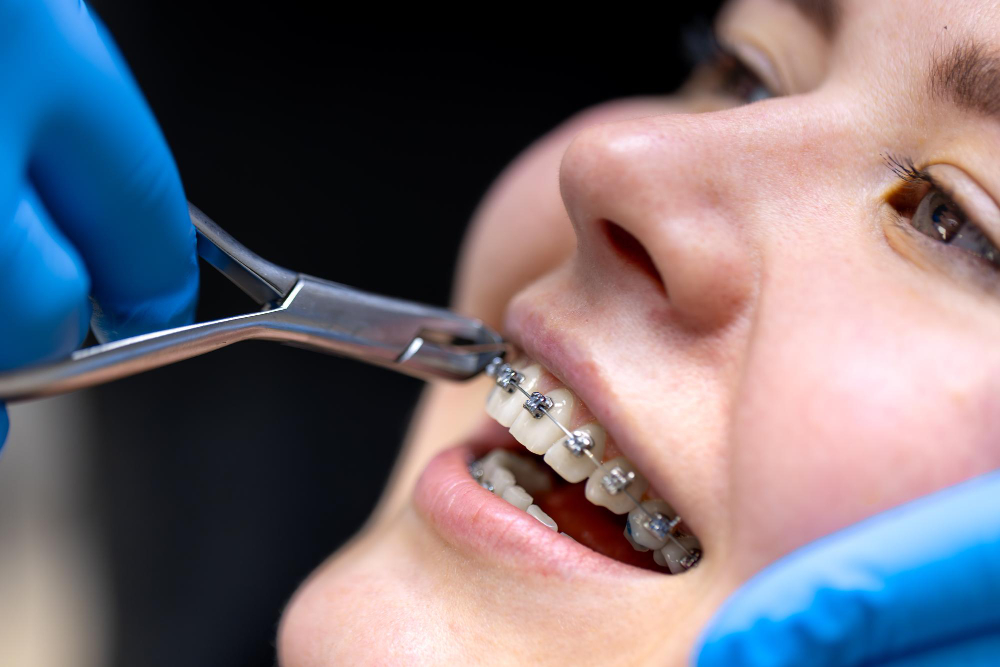Introduction
Many people have questions about braces and orthodontic treatment. If you are thinking about straightening your teeth, you may wonder what to expect. Braces and orthodontic treatment can fix crooked teeth, improve your bite, and boost your confidence. However, it is normal to have concerns about pain, cost, and results. In this blog, we will answer common patient questions and clear up myths about braces and orthodontic care. We will also share tips for a smooth journey to a healthy smile.
What Are Braces and Orthodontic Treatments?
Braces are special devices that help move teeth into better positions. Orthodontic treatment uses braces or other tools to fix crowded, crooked, or spaced teeth. Sometimes, orthodontists use clear aligners instead of metal braces. Both options work by gently shifting teeth over time. The goal is to create a healthy, even smile and improve how your teeth fit together. According to the American Association of Orthodontists, early treatment can prevent bigger dental problems later.
Common Patient Concerns About Braces
Many people have worries before starting braces. Some common concerns include:
But most concerns can be managed with good care and advice from your orthodontist. For example, while braces may feel strange at first, most people get used to them quickly.
How Braces Work: The Basics
Braces use gentle, steady pressure to move teeth. Small brackets are glued to your teeth, and a wire connects them. Over time, the wire is adjusted to guide your teeth into place. Sometimes, rubber bands or other parts help fix your bite. Clear aligners work in a similar way, but they are removable and almost invisible. Both methods need regular check-ups to track progress and make changes as needed.
What to Expect During Orthodontic Treatment
First, your orthodontist will check your teeth and take X-rays or pictures. Then, they will make a plan just for you. Getting braces put on usually takes about one to two hours. At first, your mouth may feel sore or tight. However, this feeling usually goes away in a few days. You will visit your orthodontist every few weeks for adjustments. Treatment time varies, but most people wear braces for one to three years. After braces come off, you may need to wear a retainer to keep your teeth in place.
Managing Discomfort and Oral Hygiene With Braces
It is normal to feel some discomfort after getting braces or having them adjusted. To ease soreness, you can:
Keeping your teeth clean is very important. Braces can trap food, so brush after every meal. Flossing may be harder, but special flossers or water picks can help. Your orthodontist will show you the best way to clean your teeth and braces.
Myths and Facts About Braces
There are many myths about braces. Let’s clear up a few:
Tips for a Smooth Orthodontic Experience
To make your treatment easier, try these tips:
With good care, you can avoid problems and get the best results.
When to Consult an Orthodontist
If you notice crooked teeth, gaps, or bite problems, it is a good idea to see an orthodontist. Early visits can help spot issues before they get worse. Even adults can benefit from orthodontic care. If you have questions or concerns, your orthodontist can give you clear answers and a treatment plan that fits your needs.
Conclusion
Braces and orthodontic treatment can improve your smile and oral health. While you may have concerns, most worries can be managed with the right care and advice. For the best results, consult a qualified orthodontist to address your specific concerns and receive personalized treatment advice.

